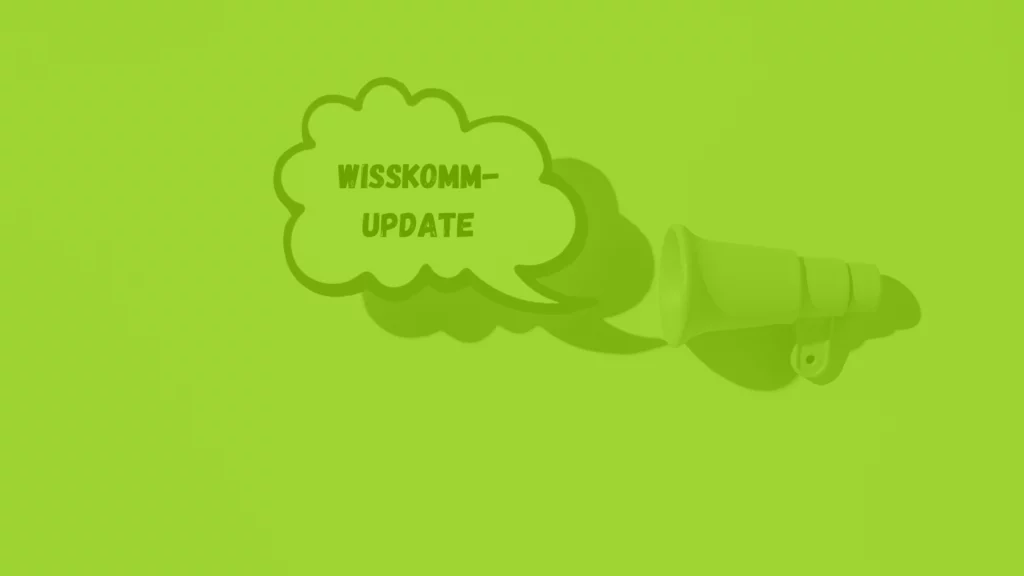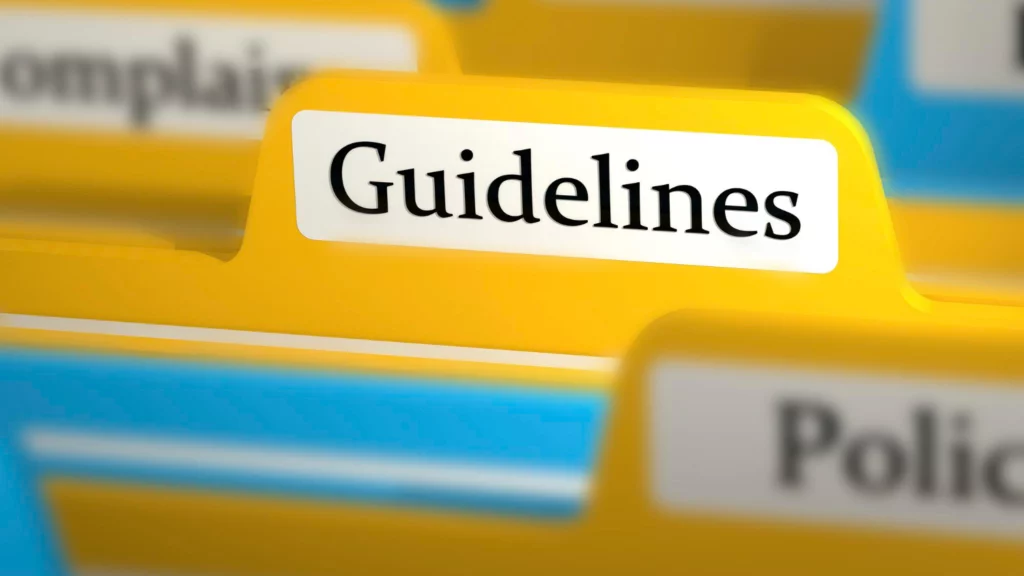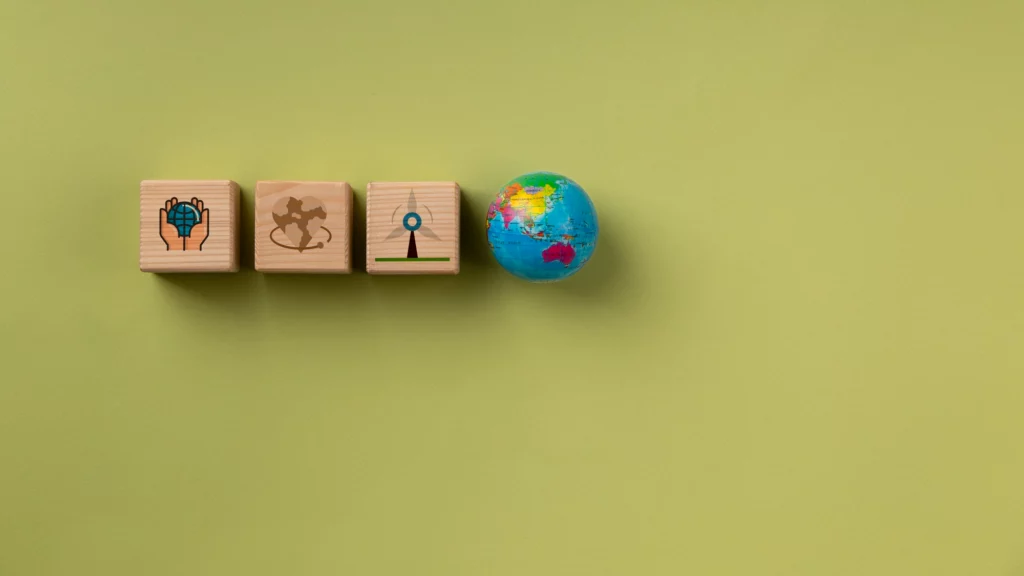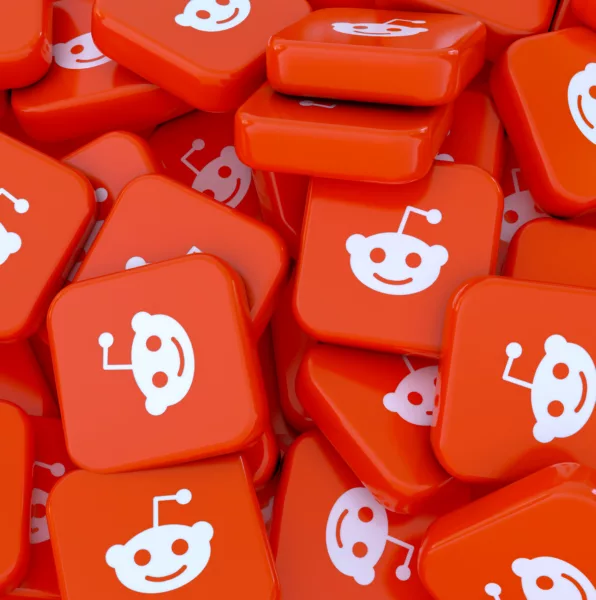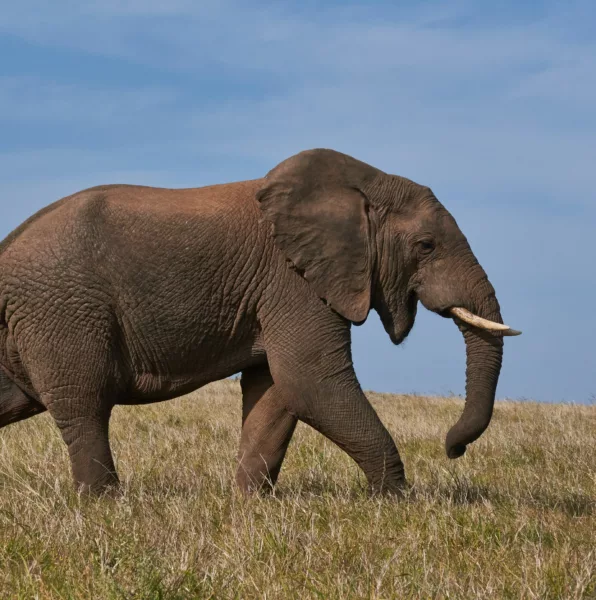How can science communication raise awareness of inequalities in the knowledge system? Mexican science communicator Alba Sofía Gutiérrez-Ramírez explains what epistemic justice means and why she thinks we need a radical repositioning of science communication.
“Be prepared to make yourself uncomfortable”
Ms. Gutierrez-Ramirez, you work as a science communicator in the field of neuroscience and as a theorist you deal with issues of injustice in the field of knowledge. You have co-authored an essay together with Susana Herrera Lima for an anthology on race and sociocultural inclusion in science communication. Can you explain what the term ‚epistemic injustice‘ means?
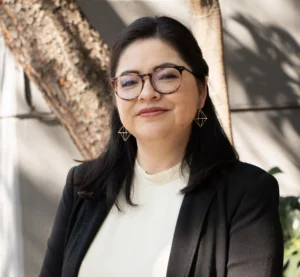
Epistemic injustice is a specific kind of injustice that wrongs someone in his or her capacity as a subject of knowledge. It negates that certain humans possess knowledge or can produce legitimate knowledge. But that’s a capacity essential to human worth. This concept was first introduced by the British philosopher Miranda Fricker in 2007. It’s an interesting idea because, still, it’s not common to approach science communication from an ethical point of view and to consider it as an agent of injustices in itself. We tend to think of science communication as a pro bono action that the science community undertakes to share its knowledge and to enlighten the public. That’s a very classical and paternalistic paradigm.
Current perspectives on science communication are much more critical. But, even now much of science communication, especially in Mexico and Latin America, is pursued through institutional frameworks and by researchers, scientists or students. If you go into a science faculty or a graduate program classroom the main motivation for the science community actors to engage with science communication, is still driven by the objectives of gaining public support for science and enhancing its understanding by the public. The focus predominantly lies on science and not on people.
Can you give an example for epistemic injustice?
In Mexico, for example, we have a lot of Indigenous populations who have experienced epistemic colonization, which means colonization operating in the knowledge sphere. ‘Coloniality’ is not only a hierarchy of people and labor but also of knowledge. Especially impacting on Indigenous peoples who have been exposed to contexts where their knowledge was not valued and not considered as valid as modern European science.
Miranda Fricker differentiates between testimonial and hermeneutic injustice. Can you explain these two dimensions using examples from real life?
One example she uses in her book relates to that of women. Being a woman as a social identity entails different ways in which your credibility and your experience are valued by society. Your social identity shapes the way people hear your testimony and give it credibility. We see that, for example, in the context of sexual abuse and rape. Women’s testimonies are often not taken seriously.
When this type of testimonial injustice is aggregated and structured in particular worldviews or institutions, it becomes hermeneutic injustice, which is the second dimension of epistemic injustice. Hermeneutic injustice is the lack of access to interpretative resources that give meaning to your own social experience. When subjects of knowledge have been undermined systematically by testimonial injustice, then the knowledge produced by them is not part of the structural ‘mainstream’ knowledge with which anyone could interpret their individual reality.
What does that mean in the case of women who experience sexual abuse?
What role does does the concept of epistemic justice play in science communication?
Science communication is undertaken in contexts where you find a historical dimension of epistemic violence. This means that due to colonialism, there is a group of people that have been harmed in their capacity as ‘knowers’ and in their capacity as knowledge producers, as well as in the way that they understand their world.
You can see this in museums. They offer space for a specific kind of scientific knowledge that is presented as the only valid one. In the Maya Museum at Riviera Maya in Mexico, Indigenous people are presented as a spectacular historical phenomenon. But Mayan people are still living today. They have a way of life, they have a community, and they are right here. But, in the institutionalized museums, Mayans are frozen in time.
What can science communication do to avoid epistemic injustices?
In our essay, Susana Herrera-Lima, and I recommend that there needs to be a radical re-positioning of science communication. The first thing is to realize that science communication is a practice that can contribute to epistemic injustice. As science communicators, we have to question ourselves critically, given that we are used to thinking of science as the most important object of science communication. In the classical understanding, we are calling on people to know science, to support science, and to value science. But it is necessary to become critical about the place that science has in our societies. What if we were to focus instead on contexts where there are very pressing social issues and where there are very different cultural and historical social identities?
One construct would be to say: “Okay, you are a scientist. You want to do science communication. How about you don’t do it within the university? Go and do it from another place. Challenge yourself. You can look for a place in which science communication has something to give, to build, to understand, to produce.”
Secondly, we need to diversify the ecosystem of science communication, especially in these institutionalized frameworks that we have been talking about, such as, university research centers or science museums.
Can you give an example of a successful science communication practice that implements these transformative approaches?
There is a case study which I often use to illustrate our framing and rationale. It involves Indigenous people living near Lago de Chapala, the largest lake in Mexico. This region has a serious water pollution problem. There is a high incidence of kidney failure diseases, with even young people requiring organ transplants. These people do not know why they are dying. There isn’t knowledge that allows them to understand why the water from a lake that has been part of their lives for generations, is making them sick.
Science communication helped to build the credibility of the affected local people by providing evidence for the environmental degradation, thus, empowering the local people with knowledge and agency. That’s the role of science. This case shows that you can utilize inclusive science communication tools and practices to mediate these kinds of hybrid groups that have different perspectives, divergent power asymmetries and diverse knowledge specialties. The game-changer here is that the focus of the conversation is radically centered on solving pressing social issues.
How do you implement your own aspirations in your everyday work as a science communicator in the field of neurobiology?
One of the biggest challenges I have faced is working within the institutional framework that I referred before, whose communication agenda tends to focus on the promotion of science and the positioning of the research center. In response, I try to actively seek out collaborations with local communities and integrate diverse perspectives into my work, aiming to break the mold of traditional informative and expositive approaches, as well as disciplinary divides.
Of course, navigating these challenges also involves finding allies within the institution, mentors, and a lot of creativity and personal reflection. I constantly re-evaluate my own biases and privilege, trying to ensure my communication practices are truly contextualized and inclusive. This isn’t always easy, but I believe it’s essential for any science communicator who wants to dismantle epistemic injustices and promote a genuine conversation that makes science a truly public matter. Ultimately, I see my efforts as part of a larger movement towards a more justice-oriented, equitable science communication landscape.
